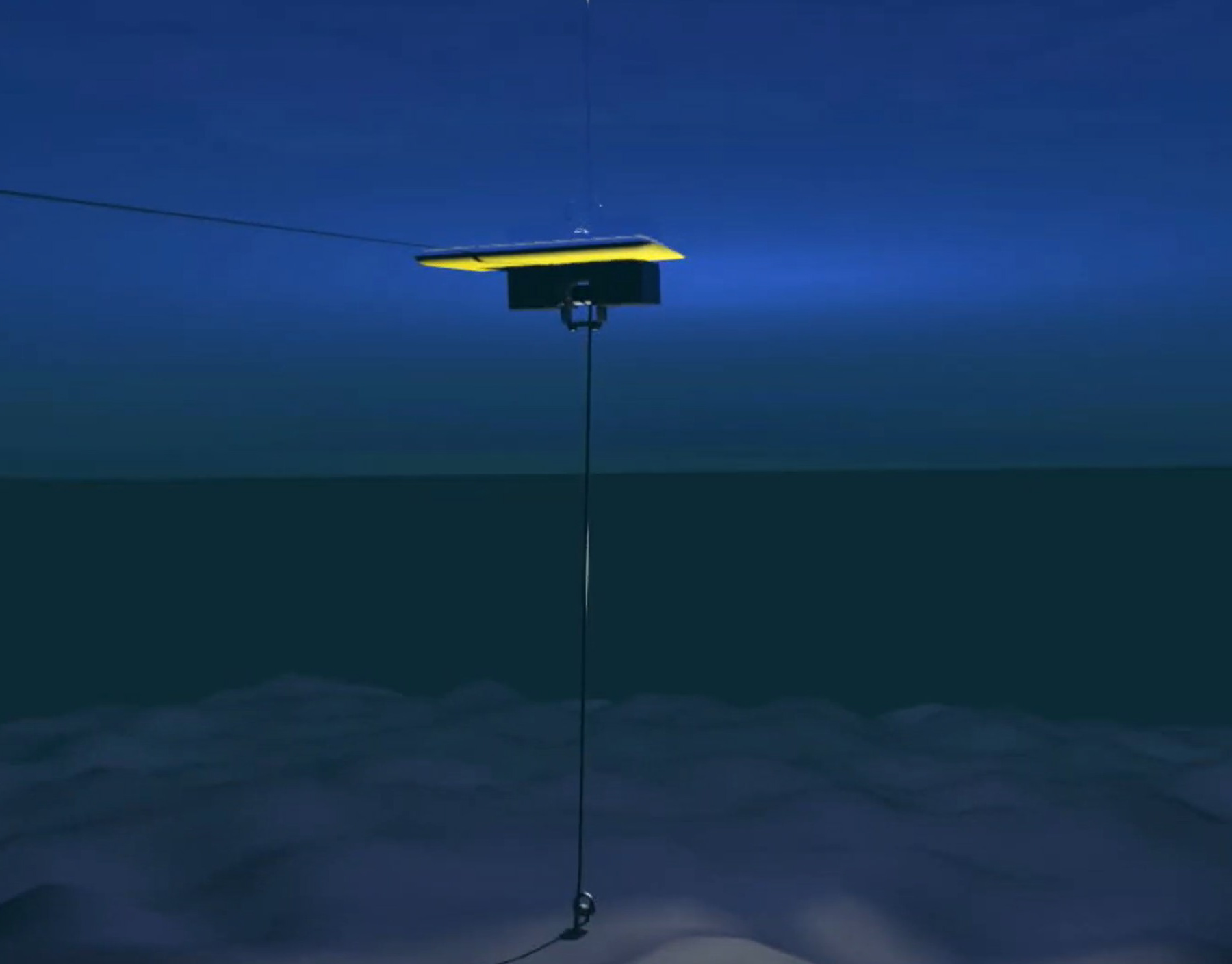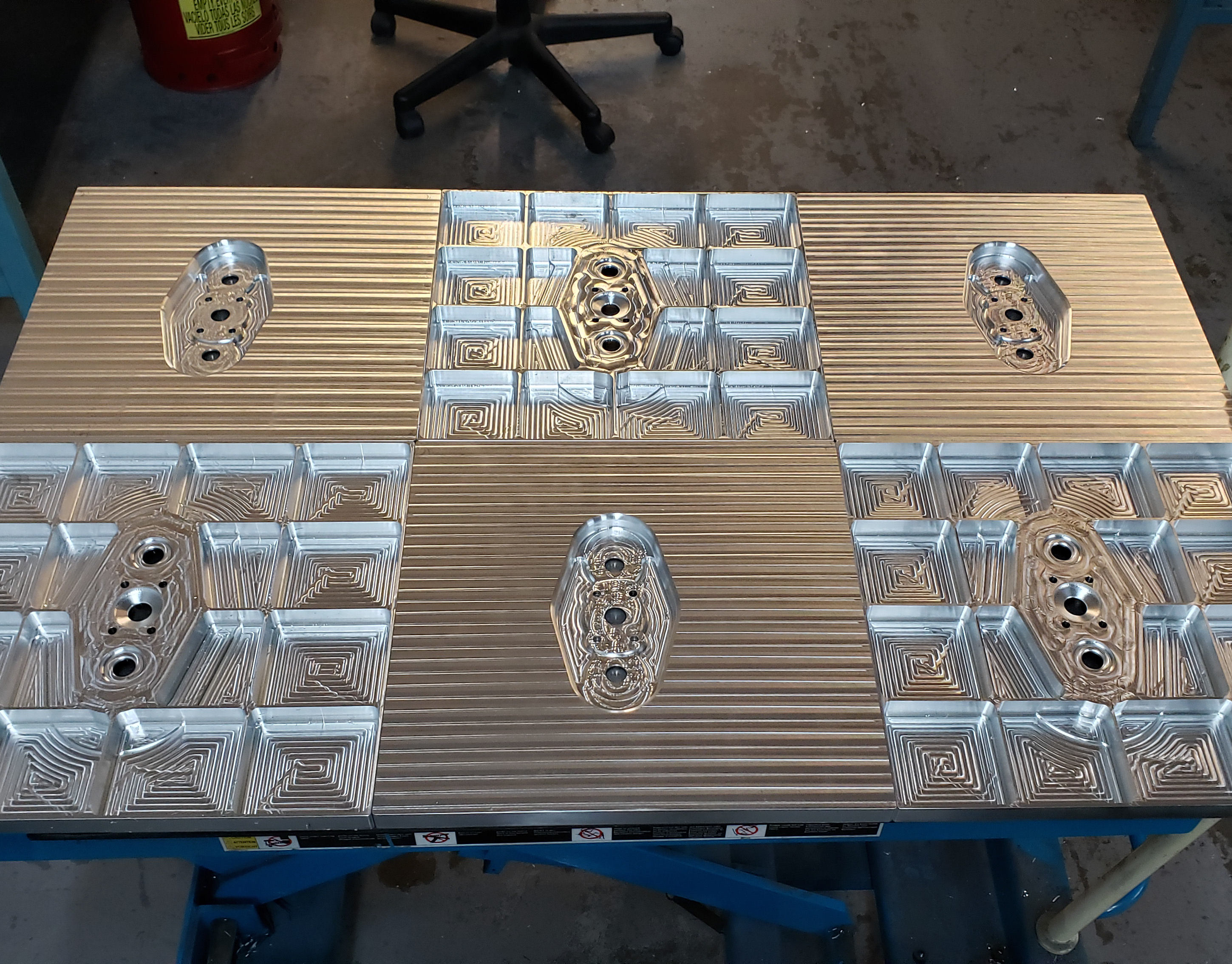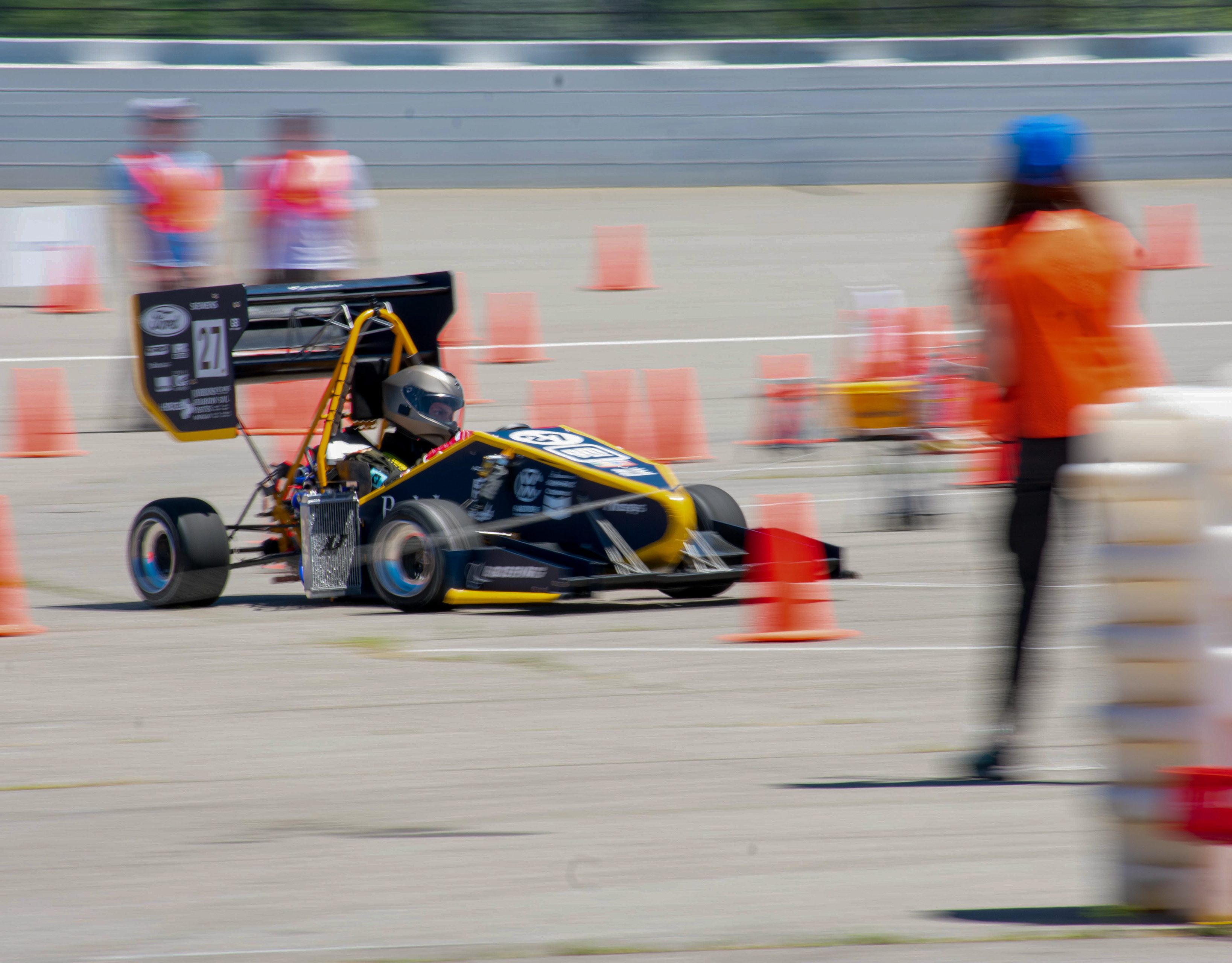For this year, I am Technical Director for the team. Some of my responsibilities are:
1) Vision of car
2) Manufacturing and testing schedule
3) Full car integration/clearances. Team GD&T standards.
4) Owning rules legality
5) PDM/CAD management
6) Design Review content, provide engineering feedback
7) Interfacing with fabrication shop staff
8) Testing objectives
9) Technical onboarding. Guiding new subsystem leads with leadership responsibilities. Guiding team members in areas where subsystem leads cannot assist.
10) Competition deliverables: Design Report, Design Poster, 3 View, and Subsystem Design Binders
Coming off of the success of B20 at Formula SAE Michigan - June 2022 (pictured above), where we achieved 2nd place finish in Skidpad, 9th place finish in Autocross, 6th and Design Finalist in Design Presentation, 2nd place finish in Cost, and 1st place finish in Sales/Business, we took a step back and analyzed where key performance growth could be made for the following year.
The conclusion from this study was improving process and reliability of the team and vehicle would net higher competition results. Despite a very competitive vehicle platform, the team found itself hindered in its first year back to competition since 2019 working around vehicle reliability and rules legality, constantly on our back foot.
Furthermore, subsystems throughout the team have maintained or improved their simulation, off-car, and on-car data acquisition capabilities to make impactful data-driven decisions. These data-driven decisions are informed by rigorous curriculum and literature study University of California, Berkeley students are known for.
Chassis performing one of numerous torsional stiffness tests on different structural configurations of B19 and B20, correlating real life methodology to simulation setup for new car B23 design.
Aerodynamics and engine subsystems characterizing radiator heat rejection under typical operating conditions using National Instruments thermocouple setup for new sidepod + radiator specification.
Electrical and vehicle dynamics implementing full data pipelines during vehicle operation for setup changes and subsystem feedback. Live telemetry through custom circuitry, MoTeC, and RaceCapture sends key performance indicators to nearby 4G-enabled device. Full data pipelines utilizing MoTeC and Matlab viewers and transfer functions allow subsystems to easily access their critical run data for design feedback or setup improvements.
Sensors currently utilized by Berkeley Formula Racing:
1) 6 axis IMU, GPS location
2) Throttle position, front/rear brake pressure, brake bias position
3) Various engine sensors
4) Steering angle
5) Individual corner wheel speed sensors
6) Individual corner 32-channel "fanning" tire temperature sensors
7) Individual corner 8-channel "fanning" brake rotor temperature sensors
8) Individual corner suspension position and load
Suspension verifying shock rebuild through in-house shock dynamometer, characterizing damping coefficient of freshly rebuilt shocks.
The goals for this year are:
1) Complete reevaluation of performance specifications to rigorously determine which vehicular subassemblies need improvements and which can be carried over
2) Design and fabricate an innately rules-legal challenger, ensuring zero time wasted late in the season or at competition for small modifications
3) Provide ourselves substantial testing time >6 weeks ahead of May competition, which is already pushed ahead one month sooner than we have recently competed
4) Maintain and improve team-wide data acquisition on and off car
5) Further increase key performance areas: increase powerplant power output, increase downforce and aero efficiency, decrease center of gravity, increase chassis stiffness, decrease suspension/drivetrain compliance, etc.
We are currently in manufacturing for the new challenger, B23. Car on the ground date is coming up, and I'll be sure to update once we are up and running!









